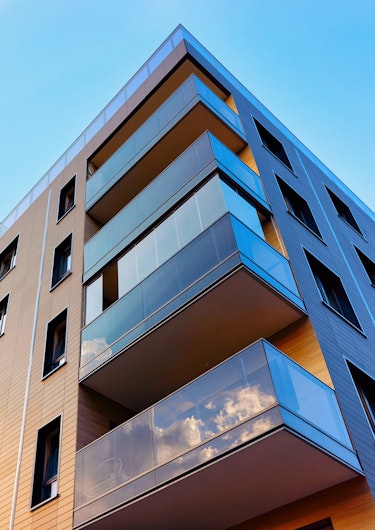
Residential Market Update Q3 2019
The residential leasing market - from amateurs to professionals
The Residential Market
After the solid rise in residential prices in 2016-17, the Norwegian market has been more subdued, with smaller price fluctuations. Solid economic growth and a large volume of used-home transactions has led to a healthy market with good activity levels.
Along with weaker price growth, Norway also experienced a lower volume of new homes built, measured by units announced as receiving permit for construction. The volume has, however, stayed at a high level compared to the years 2000-2015, and is on the rise again in the fall of 2019 even as sales of new homes is trending flat or slightly down. The perceived risk of oversupply is low, however, due to the requirements that 60% of new units must be sold before construction loans can be granted. The divergence of sales and new construction volumes is likely to stop during the fourth quarter, probably in the shape of fewer new permits announced.
A major topic in the fall of 2019 is the initiative from the Financial regulation authority to put a stricter limit on banks’ lending. The 2017 limit on almost all housing loans as being a maximum of 5 times the gross income of the person or persons responsible for the loan, is credited with stopping the price growth of 2016. The new limit is suggested to be at 4.5 times the income, and is currently under review.
The leasing market – from amateurs to professionals
Historically, residential leasing as a business has not been a large Norwegian market. There are taxation reasons for this, designed to favor homeowners, by limiting the tax value of the privately-owned home and also of property in general. The large share of owners in the Norwegian market (close to 80%) has also discouraged heavy investments, as leasing has been viewed as a short-term and high-maintenance market. It has mostly been run as a small-owner market with one to five units per owner and little use of professional support. As such, it has proven a very good investment for private owners, especially due to the value appreciation.
The recent growth of Fredensborg and Selvaag as large portfolio owners may signal that this is about to change. With commercial property investment volumes in general increasing, and new segments coming into focus, such as health, education and other alternatives, more large players might start looking at residential investments in Norway.
New regulations, implemented to avoid further strong growth in the residential prices, have many effects on the buy-to-let market, some of which favor professional investment. The smaller private owners could expect lower return on investment for the coming years, as future price growth is prevented. The larger owners, on the other hand, might instead look at the general demand for leasing, and conclude that fewer low-income people might be able to buy centrally located apartments with new and stricter lending practices. Even though the yields are low, they may be high enough for larger investors seeking to diversify.
We believe the strongest force is the all-encompassing hunt for yield and investments with proven records, which brings out more equity searching for opportunities. New players might emerge in this sector, and their best opportunities for building volume is by buying new projects, as large leasing assets are uncommon.